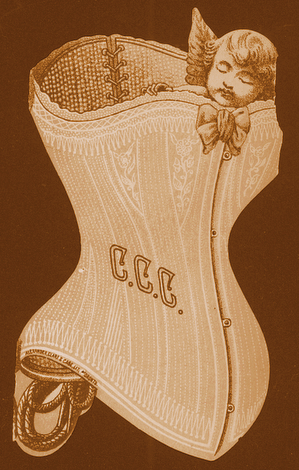Reinterpreting Intimate History
By Layla L’Obatti
600 Year Old Bra and Panty Discovered in Austrian Castle

Although history was a subject that may have made most fall asleep at their desks, it seems the history of undergarments holds some mysterious allure. Perhaps it’s because we divorce all historical figures from their sexuality, that a discovery like that of intimates predating all known examples should create such a buzz.
Just a few days after my last post, which cited the lack of examples of soft intimates in history, Beatrix Nutz’s 2007 discovery occurred in an Austrian castle. The recently announced finding suggests, based on initial dating, that these delicate linen pieces pre-date the 1800’s/1900’s when corsets reigned supreme; thus, challenging our current standard historical timeline regarding intimates and foundations.

If the findings prove to truly predate the corset, it would imply that there was a period of “freedom” in intimates before the restrictive reign of stays and tight lacing that followed. During that era women wearing corsets could not perform certain tasks without overexerting themselves, illustrating what a powerful role a simple piece of clothing can have in enhancing or restricting life’s daily tasks. The implication of this intimate discovery is that at some point prior to the corset there was, in fact, a soft bra undergarment. Why did women in this earlier era have social freedoms not available for the two following centuries? The impact this has on feminine history is game changing.

